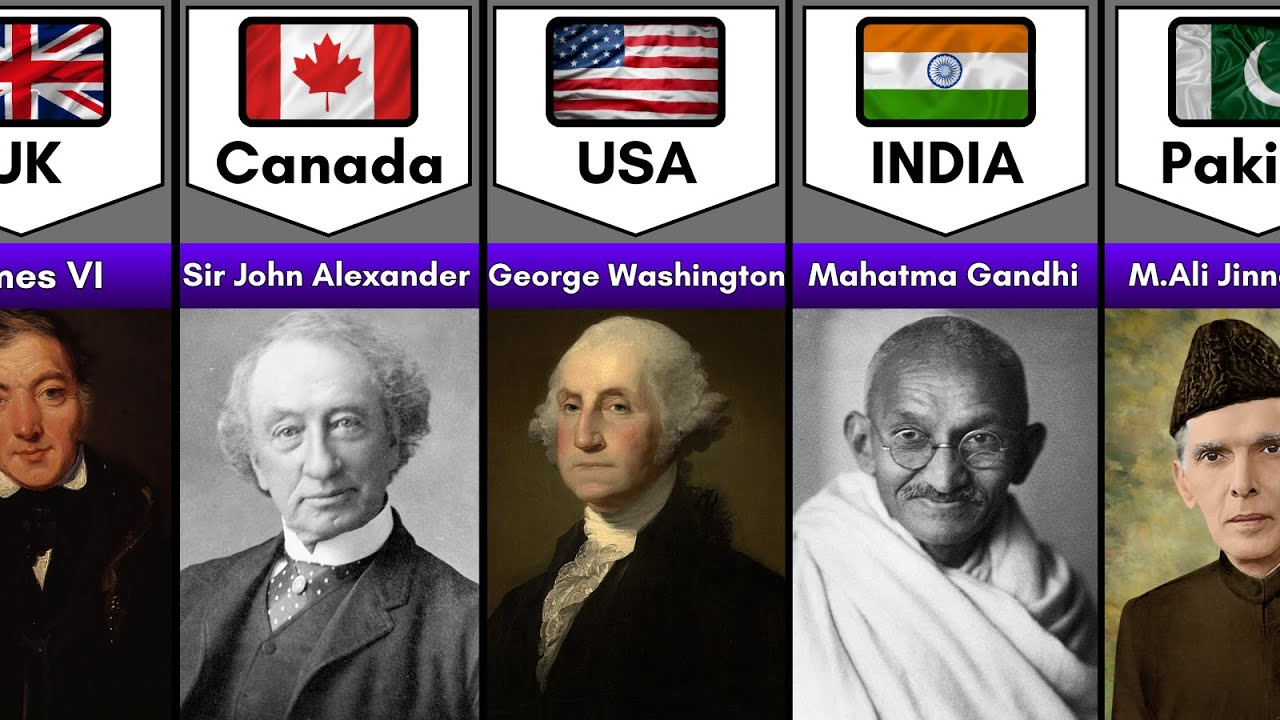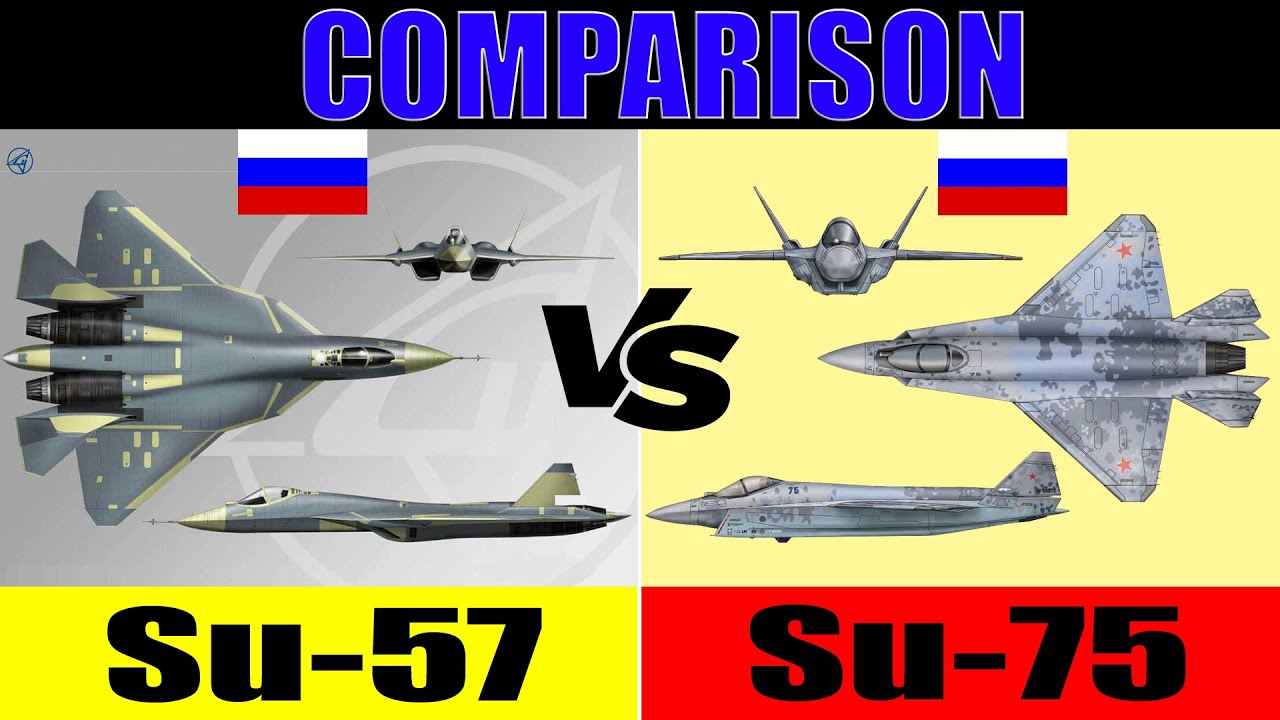In a dramatic turn of events, Turkey is reigniting its quest to rejoin the F-35 fighter jet program amid renewed diplomatic overtures at the recent NATO summit. President Recep Tayyip Erdoğan’s bold push for Turkey’s return comes on the heels of a seemingly more amenable stance from the U.S., particularly from former President Donald Trump. This potential reconciliation follows years of tension rooted in Turkey’s controversial purchase of Russia’s S-400 air defense system, which had previously led to Ankara’s ousting from the F-35 program due to concerns over its impact on the jet’s advanced stealth capabilities.
 Turkey, reliant on its aging fleet of F-16s, is urgently seeking to bolster its air power, especially as regional adversaries modernize their military capabilities. A successful reintegration into the F-35 program could dramatically shift the balance of power within NATO and the Mediterranean, amplifying Turkey’s strategic position amid escalating global tensions.
Turkey, reliant on its aging fleet of F-16s, is urgently seeking to bolster its air power, especially as regional adversaries modernize their military capabilities. A successful reintegration into the F-35 program could dramatically shift the balance of power within NATO and the Mediterranean, amplifying Turkey’s strategic position amid escalating global tensions.
Simultaneously, Russia is demonstrating its military resilience, delivering a new batch of Su-35S fighter jets to its Aerospace Forces. This move underscores Russia’s commitment to maintaining air superiority despite Western sanctions and geopolitical pressures. The recent acquisition of these advanced multi-role fighters signals a significant military modernization effort, with Iran already eyeing the Su-35 to upgrade its own aging fleet.
As Turkey seeks to mend its ties with the U.S. and Russia fortifies its military capabilities, the stakes are rising on both fronts. The unfolding dynamics could reshape the geopolitical landscape, leaving observers on edge as the world watches closely. Will Turkey reclaim its place in the F-35 program, or will Russia’s military advancements further complicate the balance of power? The answers could redefine alliances and shift the trajectory of regional security.

